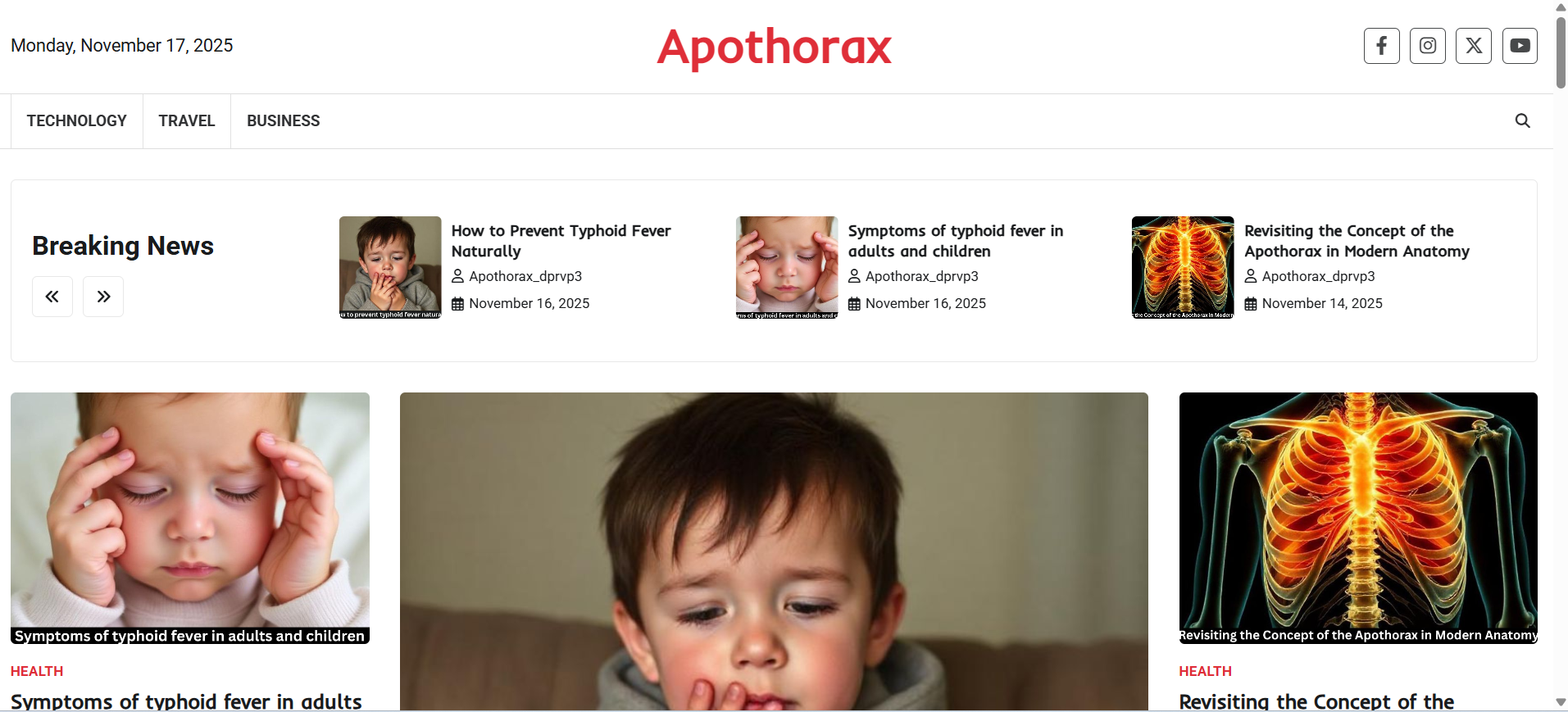The Apothorax region is a conceptual structural zone used to help explain how breathing, posture, and body mechanics interact. While the term itself isn’t part of formal anatomical terminology, it represents an integrated framework that highlights how the central torso contributes to function, movement, and overall physical health.
Why the Concept Matters
Even though it isn’t labeled in medical textbooks, the Apothorax is valuable for understanding how breathing influences posture, how posture influences movement, and how all three play into daily function. It’s a simplified way to visualize the synergy between the rib cage, diaphragm, and thoracic spine.
How It Relates to Body Mechanics
Think of the Apothorax as the “control hub” of the torso—where breathing, pressure regulation, and mobility meet. If this area is functioning poorly, it impacts your entire body: your flexibility, strength, movement efficiency, and even your sense of balance.
Structural Overview of the Apothorax Region
Conceptual Anatomy
Even though it’s conceptual, the Apothorax is typically divided into three functional parts:
Upper Apothorax
This portion represents upper rib mobility, shoulder support, and the initiation of inhalation.
Middle Apothorax
Here lies the core of pressure regulation, rib cage expansion, and thoracic stability.
Lower Apothorax
This region overlaps with the diaphragm interface and lower rib cage, influencing core stability and abdominal coordination.
Integration With Real Anatomical Systems
The Apothorax works as a conceptual bridge between:
- The rib cage
- The diaphragm
- Thoracic spine
- Core musculature
- Circulatory pressure systems
It simplifies the complex interplay between real anatomical structures.
Functional Framework
This region helps explain how breathing affects movement, how pressure impacts stability, and how posture influences overall functional performance.
Functional Role of the Apothorax
Breathing Mechanics
Breathing isn’t just air going in and out—it’s the result of coordinated muscular and structural movement.
Expansion and Contraction
During inhalation, the Apothorax helps create space for the lungs to fill by expanding outward. During exhalation, it contracts, helping push air out.
Pressure Regulation
Internal pressure changes influence:
- Airflow
- Circulation
- Postural alignment
Proper pressure control prevents strain and supports smooth movement.
Circulatory Influence
Pressure shifts within the Apothorax assist venous return and support overall cardiovascular efficiency.
Postural Stability and Balance
The Apothorax helps maintain an upright posture by supporting the spine, offloading muscular strain, and keeping the torso aligned.
Biomechanics and Movement
Core Integration
A functional Apothorax connects the upper and lower body, enabling coordinated and stable movement.
Rib Cage Mobility
The rib cage must move—expand, contract, rotate—for efficient breathing and movement. The Apothorax explains this mobility in a simplified way.
Thoracic Spine Coordination
Rotation
Smooth rotational movement depends heavily on mid-torso flexibility.
Flexion & Extension
Bending forward or arching backward also relies on balanced Apothorax mechanics.
Clinical Significance
Use in Physical Therapy & Rehab
Therapists often use this conceptual model to explain:
- Breathing dysfunction
- Core weakness
- Rib mobility issues
- Postural misalignment
Diagnostic Value
It helps clinicians pinpoint dysfunctional breathing and thoracic immobility without overwhelming patients with technical anatomy.
Role in Sports Performance and Conditioning
Athletes benefit from:
- Better breathing control
- Improved mechanical efficiency
- Enhanced core coordination
Common Dysfunctions of the Apothorax
Breathing Dysfunction
Shallow chest breathing, overuse of neck muscles, or limited diaphragm movement can all affect the Apothorax.
Postural Collapse
Slouching or rib depression disrupts structural alignment and breathing efficiency.
Restricted Rib Mechanics
Tight intercostal muscles or stiff ribs limit expansion and rotation.
Compensatory Movement Patterns
When the Apothorax isn’t functioning, the body compensates with excessive lower back extension, upper chest lifting, or abdominal bracing.
Assessment Techniques
Postural Observation
Clinicians inspect rib positioning, spinal alignment, and overall torso balance.
Breath Pattern Evaluation
How someone breathes reveals whether the Apothorax is functioning organically or compensating.
Mobility Testing
Rib Mobility Checks
Assessing the ability of the ribs to move during inhalation and rotation.
Thoracic Mobility Checks
Evaluating extension, flexion, and rotational capabilities.
Strengthening and Support Methods
Breathing Exercises
Techniques such as:
- Diaphragmatic breathing
- Box breathing
- Alternating nostril breathing
These exercises enhance Apothorax control.
Postural Training
Small adjustments like aligning the ribs over the pelvis or lifting the chest can change everything.
Core Stabilization Exercises
Movements like planks, dead bugs, and side bridges strengthen the torso.
Mobility Routines
Thoracic rotations, rib-opening stretches, and extension drills improve flexibility.
Therapeutic Approaches
Manual Therapy
Hands-on techniques restore mobility and relieve tension.
Myofascial Release
Releasing restrictions around the ribs, diaphragm, and thoracic spine enhances function.
Neuromuscular Reeducation
Teaching the body how to move and breathe efficiently is essential.
Long-Term Rehab Strategies
Consistency and ongoing maintenance ensure lasting improvements.
Importance for Everyday Life
Breathing Efficiency
Better Apothorax control means deeper, more effective breathing.
Pain Reduction
Improved posture and mobility ease back, neck, and shoulder pain.
Improved Functional Movement
From bending to lifting to walking, everything becomes easier with a responsive Apothorax.
Conclusion
The Apothorax region, though conceptual, provides an incredibly useful way to understand the interplay between breathing, posture, and movement. Exploring this region can help anyone—athletes, clinicians, or everyday individuals—improve awareness, function, and overall quality of life. When the Apothorax is functioning well, your entire body benefits.
FAQs
1.Is the Apothorax a real anatomical structure?
No, it’s a conceptual model that simplifies understanding of breathing and torso mechanics.
2.Can improving Apothorax function reduce pain?
Yes—better posture and breathing often reduce back, shoulder, and neck pain.
3.What exercises support Apothorax function?
Breathing training, core strengthening, and mobility drills are most effective.
4.Why is rib mobility important?
It allows proper breathing, rotation, and upper body movement.
5.Who benefits from Apothorax-focused training?
Anyone—especially athletes, people with poor posture, and those in rehab.




